Over on facebook, we Royal History Geeks have been debating our favourite Queens from history. It’s what super-cool people do.
What many people don’t know (and let’s be honest, why should they?) is that in the British system, there are five different types of Queen.
Thought it would be worth a quick post to clarify.
Queen Regnant
When a woman inherits the crown in her own right, she is a ‘Queen Regnant.’ She reigns by right of birth and has the same powers and responsibilities as a King.
In English history there have been six undisputed Queen Regnants: Mary I, Elizabeth I, Mary II, Anne, Vicotria and Elizabeth II.
Scotland has been reigned over by five Queen Regnants – Mary Queen of Scots, Mary II, Anne, Queen Victoria, and the present Queen.
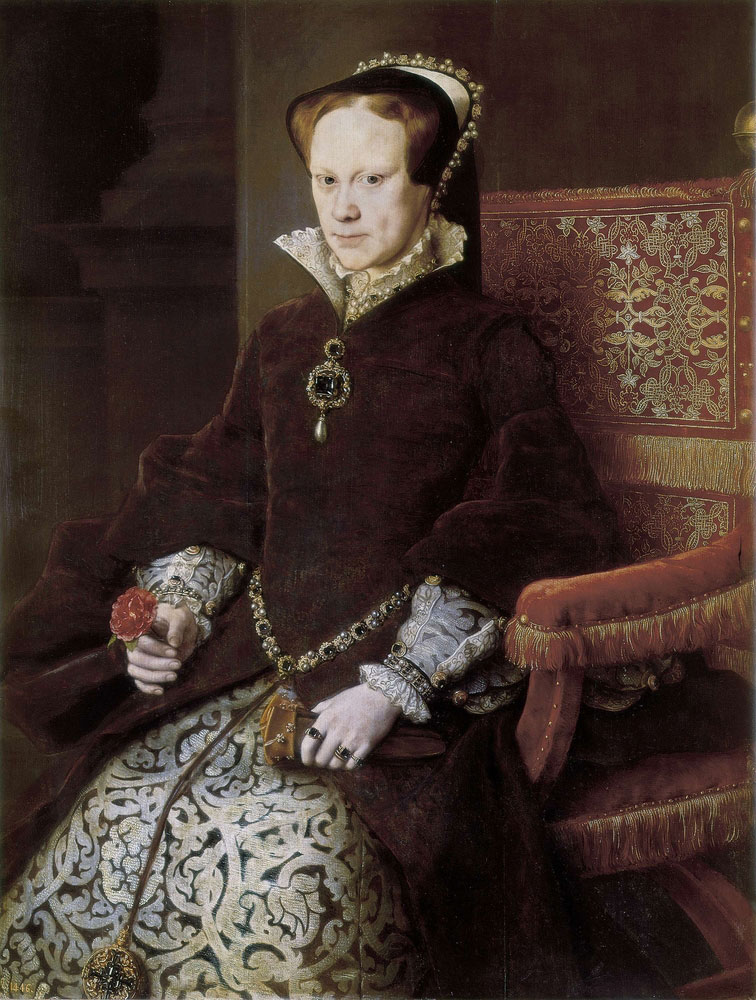
Queen Consort
This is the most common kind of Queen in history. The wife of a King. In the British system, she is ‘Her Majesty the Queen’ and signs ‘R’ for ‘Regina’ after her name – exactly as a Queen Regnant would.
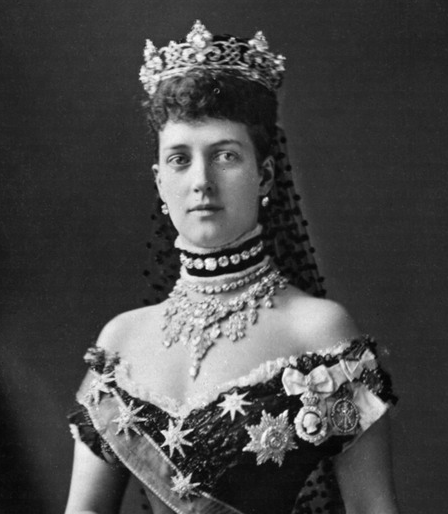
Queen Dowager
A former Queen Consort whose husband is dead. In the British system she is rarely known as ‘Queen Dowager.’ Instead she uses ‘Queen first name’. For example, the widow of George V was known as Her Majesty Queen Mary during the reign of her sons and granddaughter. She is still a Queen. But she is no longer the Queen.
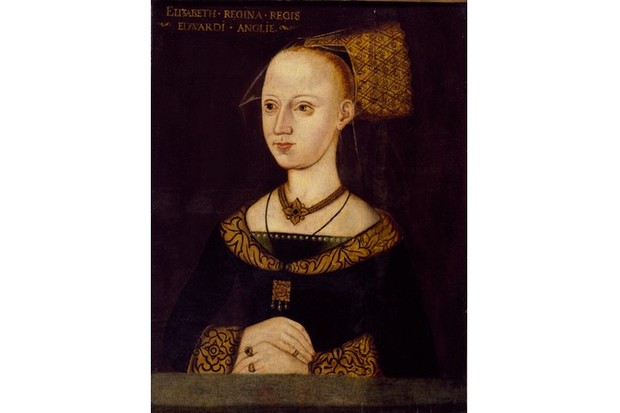
Queen Mother
When a Dowager Queen is the mother of the reigning monarch, they are often informally known as ‘Queen Mother.’ It is rarely an official style. But it was from 1952 – 2002. Because of confusion potentially arising from the presence of two Queen Elizabeths at the same time, the mother of the current Queen officially assumed the style ‘Queen Elizabeth, the Queen Mother.’ However, servants and those ‘close’ to her referred to her simply as ‘Queen Elizabeth.’
It is important to note, that the mother of monarch cannot be given Queen Mother status is she were never a Queen herself. As such the mothers of Edward IV, Henry VII and Queen Victoria were never styled as ‘Queen Mother’. Though in the case of the first two, they were effectively treated as such.
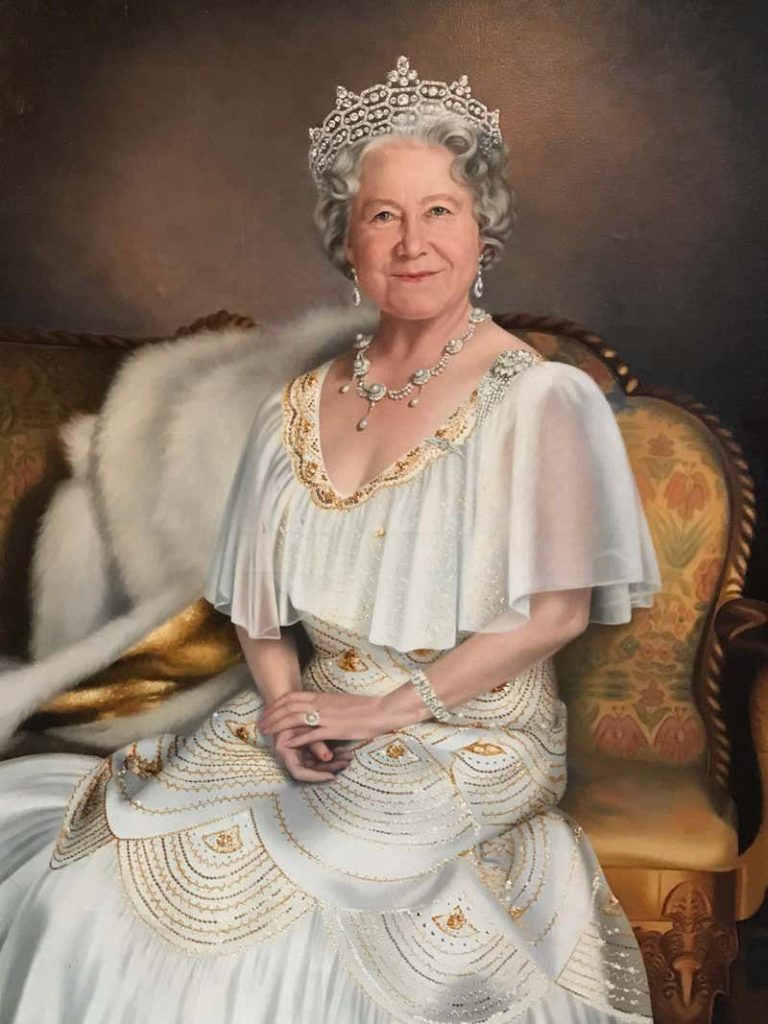
Queen Regent
These are rare. If a King were absent for a period of time, he may leave his wife in charge. As such, she would become ‘Queen Regent’ and exercise the Royal prerogative on his behalf.
The style would typically only last a few weeks. Both Katherine of Aragon and Katherine Parr enjoyed this distinction during the reign of Henry VIII.
There are occasions where the arrangement lasts longer. Mary de Guise was Queen Regent of Scotland during the long minority of her daughter.
It is highly unlikely that we will ever see another Queen Regent in the UK. The creation of ‘Councillors of State’ removes the need for short-term regency. Were a regency ever required to deal with an under-age or incapacitated monarch, law dictates that this role should go to the next adult in the line of succession. A Queen Consort could never be that person.
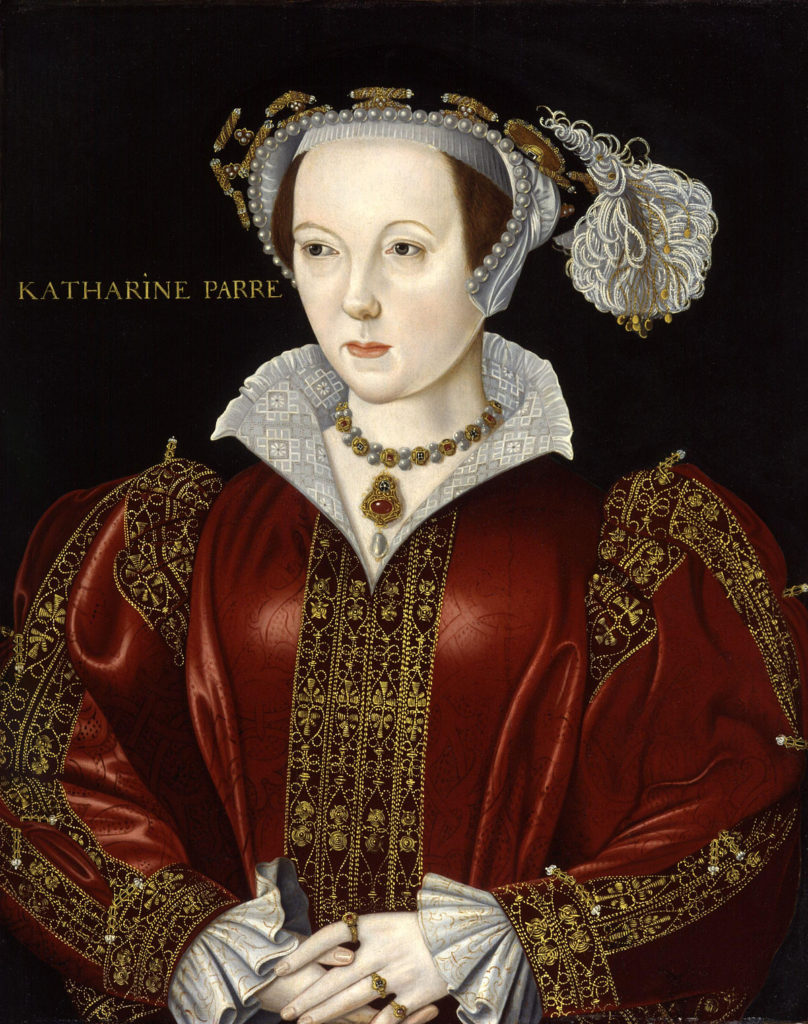
Hope this helps!
So – here’s the question Royal History Geeks: who is your favourite Queen of each type and why?
Subscribe to our newsletter!
I discovered your blog today in doing a Google search for George V’s Ketters Patent if 1917 and I’m glad that search led me to your fascinating blog and all its interesting information (which is doubt the result of your hard work).
In your post on George V’s LP, it is stated:
“ On 30 November 1917,of 1917, letters patent were issued declaring that henceforth only the children of the sovereign, sons of sons of the sovereign and the eldest son of the eldest son of the Prince of Wales would be entitles to the style of Royal Highness and the titular dignity of Prince of Princess. ”
I believe the “sons of sons of the sovereign” part the blog post is an error, as I believe George V’s LP stated “children of sons of the sovereign” were entitled to the style of HRH and title of Prince/Princess. Is my understanding correct? I hate to introduce myself by questioning a blog post.
On a separate but somewhat related matter, I ask uf I can prevail uoon your expertise by asking the question below. As a preface to my question, there have heard calls by some to have Harry & Meghan’s titles stripped from them for various things the Sussexes have done/said that those calling for titles to be stripped disagree with. I know that the Queen can relatively easily strip Harry’s ducal title, although I believe she would have request an act of Parliament to facilitate such stripping of the ducal title, which I imagine would not be problematic if she so requested (please correct me if my understanding is wrong in this aspect). But my question is…. can the Queen issue Letters Patent that would singularly strip Harry’s HRH style and title of Prince? My understanding is that she can issue LO’s that would modify George V’s to strip HRH’s and prince/princess title from the while class of “children of the sins of the monarch”, which wiuld strip styles/titles from William, the York sisters and the Wessex children (although they don’t use those styles/titles presently). Having said that, I realize it is highly improbable that the queen would ever take such a drastic step to effectuate an action against one member of her family.
I have not found anything leading me to believe LP’s could be issued to singularly strip a style/title from an individual member of the Royal Family. But just because I haven’t found anything indicating such can’t be done doesn’t mean such action can’t actually be done. Therefore, I prevail upin your unput on this question.
Respectfully submitted.
Hi – thanks for your thoughtful comments and questions.
– yes the HRH style goes to all children of sons of the sovereign.
– you are right. The Queen could issue letters patent or a warrant of precedence to remove HRH from Harry. But I don’t think she would.
– yes, removing the dukedom would require an act of Parliament. This would be problematic. Parliament has more then enough business to get through and might not care for work which seems unnecessary.
I apologuze for the typos un my previous comment. I accidentally hit the Post icon before I proofread the while comment and corrected the typos. Sorry.